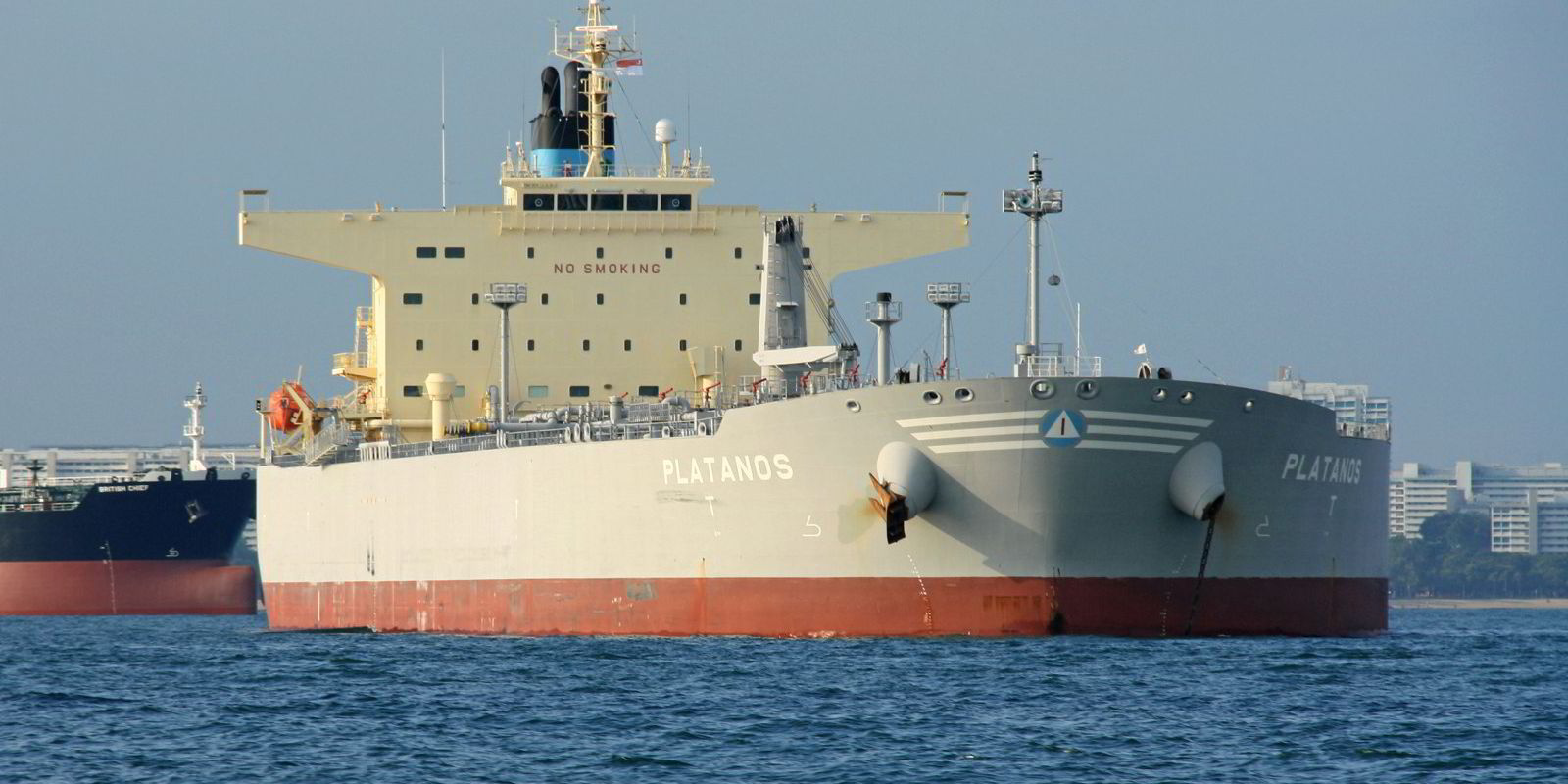Growing global grain shipments are likely to continue taking long-haul seaborne voyages to importers this year, as the complex backdrop of disruptions and emerging trends persists, according to Clarksons Research.
Grain trade tonne-miles grew by about 3% last year as a range of dynamics from geopolitics, climate-related factors and logistical bottlenecks disrupted conventional trade patterns.
This helped seaborne grain volumes grow 1.3% last year, following “significant pressure” in 2022, Clarksons Research said in a note on Monday.
“It is clear that a complex range of factors, from Red Sea disruption to climate trends, will continue to shape the outlook, but hopes for 2024 are for further progress forwards,” Clarksons Research said in its report.
Much of the growth in global grain exports last year came from Brazil, for which 2023 was a record year.
But this year could be a little different — depending on the weather.
“Some concerns remain for 2024, as poor weather has trimmed yield expectations in some regions amid strong global El Nino conditions, though 2024 exports are nonetheless projected to come close to last year’s high, and more exports going to China should continue to lend tonne-mile support,” Clarksons Research said.
Brazilian exports increased by 28% year on year to 160m tonnes last year, accounting for 31% of global grain trade, including soybeans.
China imported just over half of Brazil’s grain exports last year, more than 90m tonnes. This is up from 43% a year earlier, following a 2022 trade agreement that enabled Brazilian maize exports to China for the first time, Clarksons Research noted.
Growing Brazilian volumes outcompeted US grain exports, which were hamstrung by the strong dollar last year and fell by 21% compared with 2022. This is the lowest annual level since 2013.
“However, US grain production was firm in 2023 and [about] 20m tonnes of ‘leftover’ volumes have been ‘carried over’ in stocks into 2024, potentially supporting US grain exports in [the first half of] 2024,” Clarksons said.
Transit restrictions in the Panama Canal could help boost the average haul of US grain by about 7% this year if half of all US grain exports make their way around the Cape of Good Hope, the report stated.
About 30% of US grain exports in 2022 transited the Panama Canal, which has been hit with vessel congestion since last year while water levels remain low.
China imported successively less US grain in 2022 and 2023, while US grain increasingly made its way to less distant importers in Mexico, Europe and even Japan.
Meanwhile, two years after Russia invaded Ukraine, grain exports from the war-stricken nation are still below pre-conflict levels but are growing at a pace that “provides cause for optimism, despite clear geopolitical risks,” Clarksons Research noted.
The launch of Ukraine’s unilateral shipping corridor in late 2023 helped offset some of the fall in exports caused by Russia’s exit from the UN-backed Black Sea Grain Initiative in July. Other exports are leaving Ukraine via Danube ports and Constanta in Romania.
Total Ukrainian grain exports reached 36m tonnes last year, up 20% from 2022.
Some 13m tonnes were exported between November and January, a very encouraging year-on-year rise of 22%.






